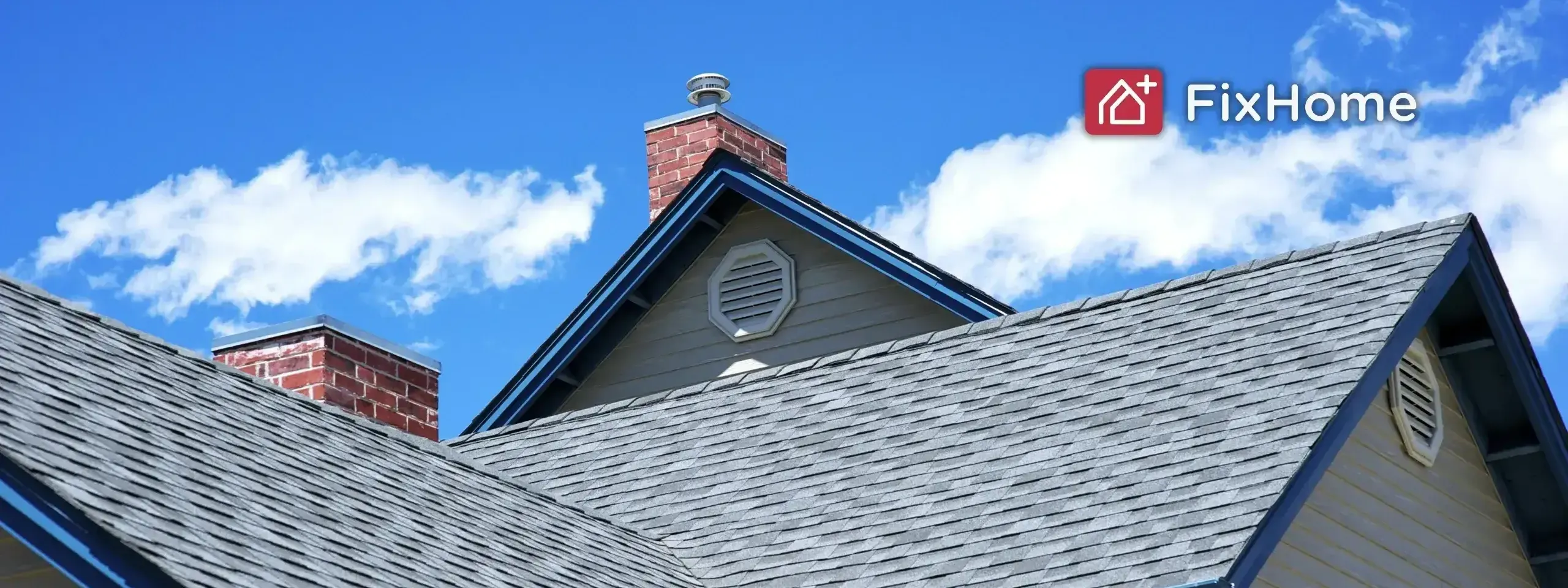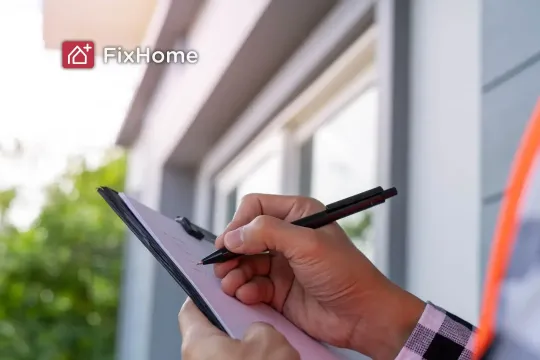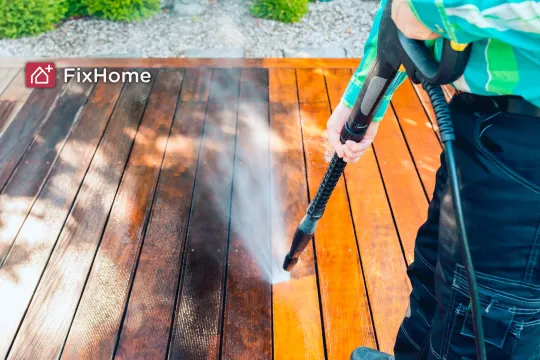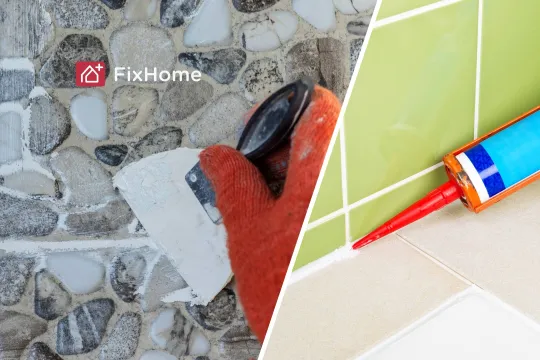When the leaves start to change and that crisp feeling hits the air, my mind usually goes to cozy sweaters and hot apple cider. For those of us who own homes, this season also kicks off a frantic scramble to get things ready for winter. At the top of that list, or at least it should be, is a fall roof check. A solid roof is what stands between your living room and the elements. Finding a small issue now could save you from a huge headache and a shockingly expensive repair bill down the road. So let's walk with you through some practical tips for looking over your roof before the really cold weather arrives.
We'll get into how you can handle some of these checks yourself, the gear you might need, and when it's probably smarter to just call in the experts. Here's what we'll cover:
Can You Inspect Your Roof Yourself?
A lot of homeowners probably ask themselves if they can handle their own roof inspection. Honestly, the idea of saving some time and money by doing it yourself is pretty tempting. You get to skip the part where you wait for a busy roofing contractor to call you back, and you can get a rough idea of your roof’s condition on your own schedule. For many of us, a good look from the ground and maybe a quick, careful check from a ladder can point out obvious problems, like a few loose shingles or gutters stuffed with leaves.
But safety has to be the main thing here. Getting up on a roof has some real risks. A steep pitch, a little morning dew making things slick, or not having the right safety gear can all lead to a serious accident. You have to be honest with yourself about your comfort with heights and what you can physically handle. If your roof has a complicated shape, maybe some metal roofing sections, or it already shows what looks like major damage, a professional inspection is likely the safer and more effective way to go. A pro roof inspector brings experience and knowledge that helps them spot subtle issues the rest of us would probably miss.
How to Prepare for Roof Checking
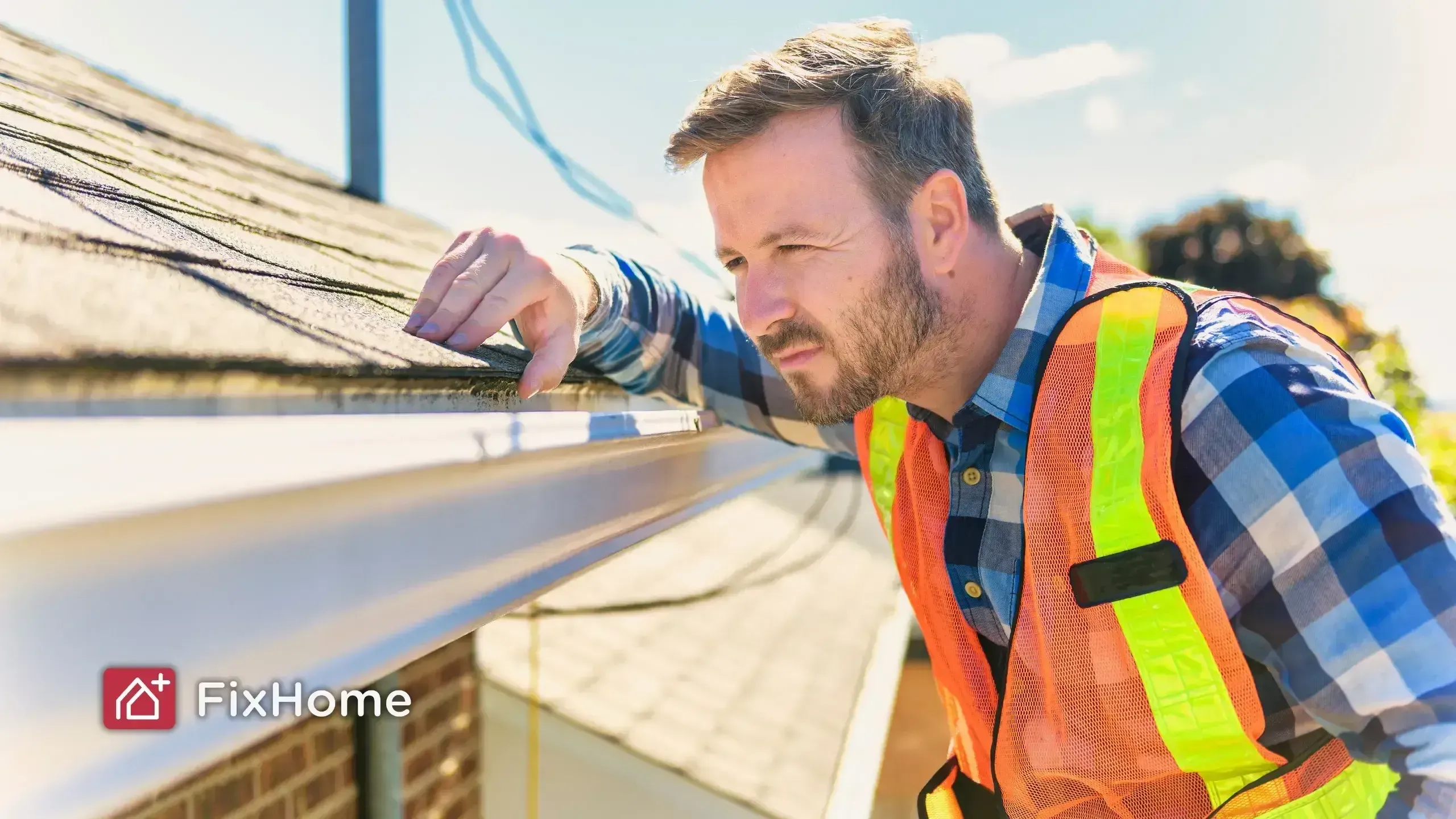
A decent roof check really begins with a little prep work. Before you even think about pulling out a ladder, getting your tools together is a good first step. Being prepared seems to make the whole process go a bit simpler and, more importantly, a lot safer. If you take a few minutes to get organized, you can stay focused on the inspection without having to run back and forth for things. It’s all about working smarter.
Tools and Materials You'll Need
Having your tools ready will make the inspection go much more smoothly. You don't need a professional's entire toolkit, but a few items are pretty much non-negotiable if you want to be safe and get a good look at all the necessary areas.
Here's a simple list to get you started:
- A sturdy ladder: It should be tall enough to get you to the edge of the roof safely, without having to stretch.
- Safety harness and rope: If you actually plan to walk on the roof, this is something you should seriously consider.
- Non-slip footwear: Shoes with good traction are essential for preventing a fall.
- Binoculars: These are surprisingly helpful for spotting potential damage from the safety of your lawn.
- A camera or smartphone: It’s a good idea to take pictures of any spots that concern you. They are useful for your own records or to show a professional later.
- A flat-bladed pry bar: You can use this to gently lift a shingle here and there to check the material underneath.
- Caulking gun and exterior-grade sealant: This is for making small, on-the-spot repairs to flashing or sealing minor gaps.
- Hammer: To make quick repairs, like tapping a loose nail down or nudging a shingle back into place, you can use a hammer. Instead of climbing up and down a ladder, it's better to grab it.
- Putty knife: Handy for scraping away old caulk, prying up small sections of flashing, or smoothing out sealant for a clean finish.
Ground-Level Inspection First
You can find out a surprising amount about your roof without your feet ever leaving the ground. There's no need to risk your neck for the initial once-over. A simple walk around your yard can often reveal obvious problems that need attention. It's a safe and simple first step that can help you decide if you need to look more closely.
What to Look for from Below
Take your binoculars and slowly look over the whole roof. Check for shingles that are clearly missing, have slipped down, or look cracked. Keep an eye out for places where leaves or branches are piling up, as they can hold moisture and cause rot.
You should also look at the roof's overall shape. Do the lines look straight? If the floor sags, waves, or has uneven patches, it could mean that there is a problem with the structure underneath. These are the kinds of subtle clues that could indicate something isn't quite right.
Check Gutters for Granule Loss
Your gutters can be pretty telling. Take a peek inside them or look at the ground where your downspouts drain. If you find a collection of what looks like coarse black sand, those are the asphalt granules from your shingles. A small amount is normal over time, but a heavy buildup could suggest your shingles are getting old and losing their protective layer.
Clogged gutters are a big red flag on their own. When water can’t drain properly, it backs up and can work its way under the edge of your roof, causing rot and leaks. In the winter, this same backed-up water will freeze, creating ice dams that can cause some serious damage.
On-Roof Inspection
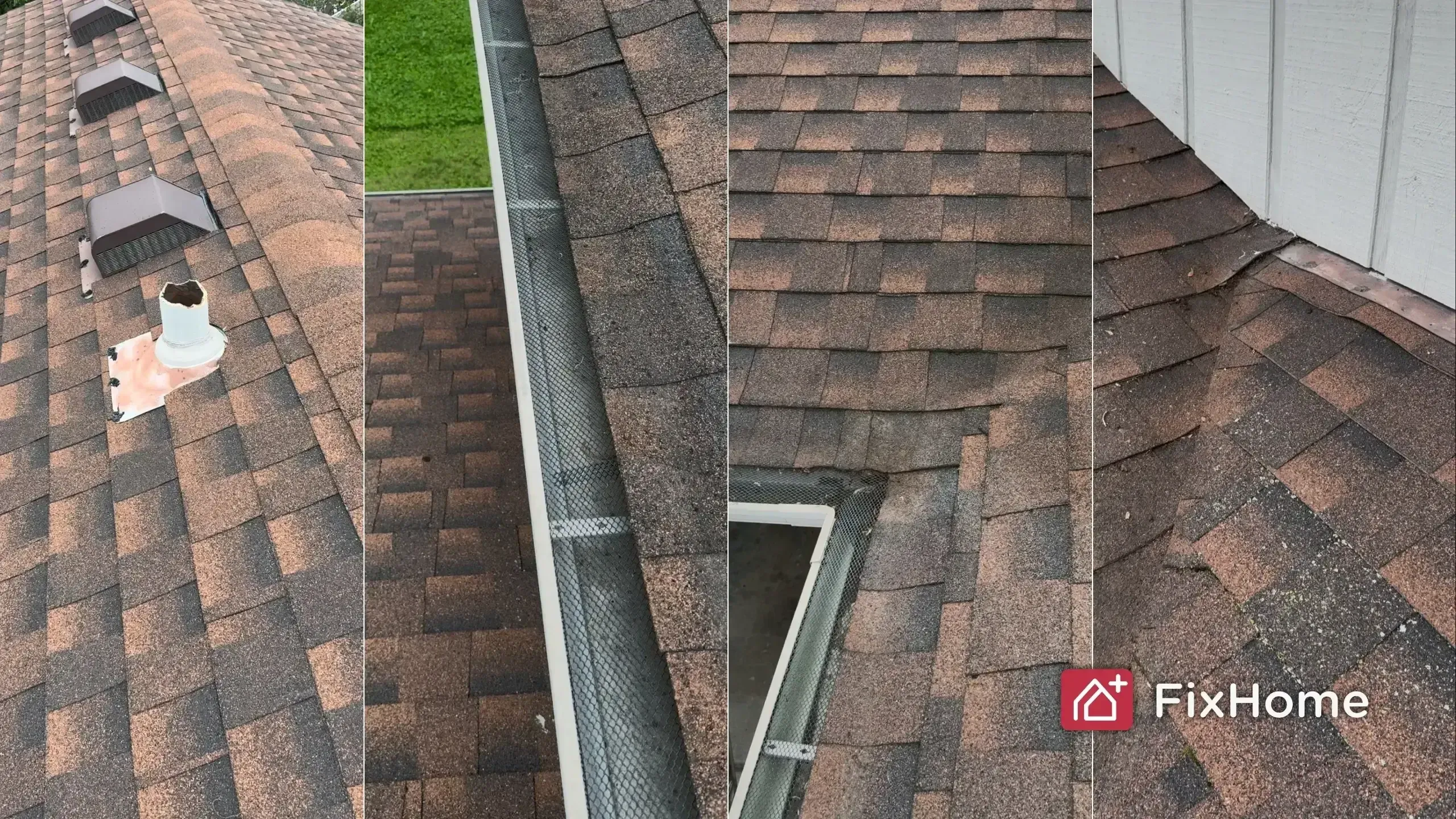
If you feel perfectly safe and steady on a ladder and your roof isn't too steep, getting up there for a closer look can help you spot issues early. This isn't something you have to do, and your safety is what's most important. But if you're comfortable with it, a hands-on inspection can be very revealing.
Checking Shingles and Surface
Once you’re safely on the roof, really focus on the shingles. Are any of them cracked, curling up at the edges, or buckling? You can also gently press on the surface. Sometimes you’ll discover soft spots, which could mean the wood decking underneath is damp and rotting. Also, keep an eye out for "nail pops," where nails have worked their way up through a shingle and created a tiny opening for water.
Inspecting Flashing, Chimneys, Vents
The spots where things stick out of your roof are the most common places for leaks to start. Check the metal flashing around your chimney, skylights, and any vent pipes. Look for rust, corrosion, or any gaps between the flashing and the roof itself. The sealant around these fixtures tends to break down over time, so check it for cracks or places where it’s pulling away. If you’re ever in your attic and see daylight coming through the roof boards, it's very likely that moisture is getting in through these same weak spots.
When and How to Apply Preventive Sealant
For very small gaps you might find in flashing or around vents, a little touch-up with an exterior-grade roof sealant can be a good preventive fix. I’ve done this myself on a small gap around vents and around the nails of a plumbing vent. Just be sure you get the right product for your roofing material and follow the directions. It’s surprisingly easy to use too much, so a little goes a long way. If you come across large areas of damage or widespread sealant failure, that’s probably a job better left to the pros.
Essential Maintenance Tasks
There are a couple of straightforward jobs that can make a big difference in how well your roof holds up over the winter. These tasks aren't exactly glamorous, but they are key to preventing some of the most common and expensive roof problems.
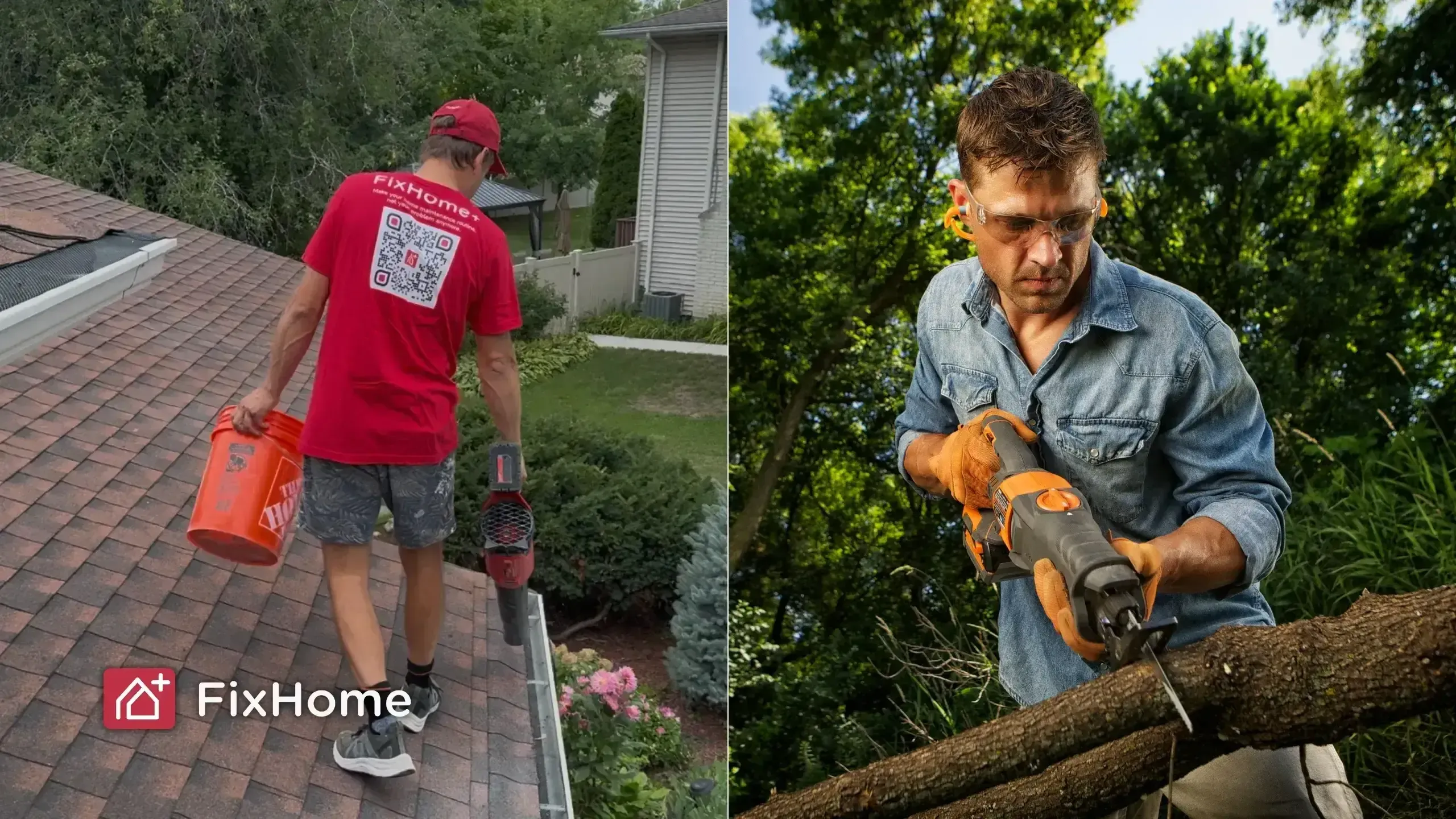
Clearing Gutters and Downspouts
This is probably my least favorite fall chore, but it has to be done. Get on your ladder with some thick gloves, a small scoop, and a bucket. A few years ago, I just used an old plastic bag to scoop out all the gunk. It worked just fine. Clear out all the leaves, twigs, and other debris. Once the gutters are clear, don't forget to check the downspouts for clogs, usually by flushing them with a garden hose. By the way, I wrote about gutter cleaning before.
Trimming Overhanging Branches
Take a good look at the trees near your house. Are any branches touching or hanging right over the shingles? Those are just waiting to cause trouble. In a storm, they can scrape off the protective granules or even break shingles. They also drop a never-ending supply of leaves onto your roof. A pole saw can handle smaller branches, but if you have big limbs that need to come down, it's often safer and worth the money to hire an arborist.
Indoor Inspection
Sometimes, the first hint of a roof problem doesn't show up on the outside. A quick peek into your attic can reveal issues you’d never see from the ground or even from on top of the roof.
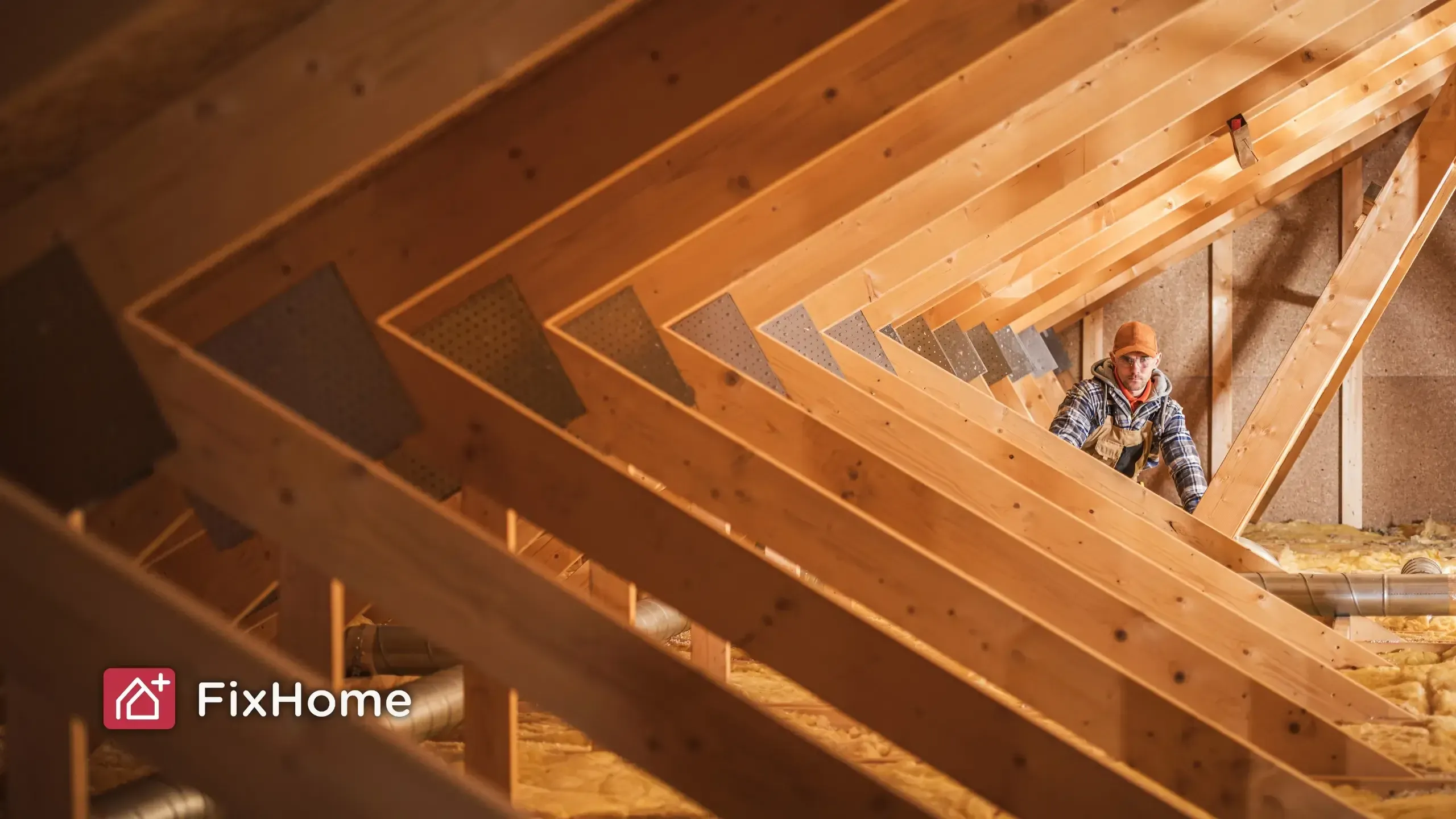
Checking Attic for Leaks and Damage
Grab a good flashlight and head up to the attic. It’s especially telling to do this right after a heavy rain if you can. Carefully look at the underside of the roof deck for any water stains, dark spots that might be mold, or just a general musty smell. All of these are signs that water is finding its way in.
Pay close attention to the areas around vents, pipes, and the chimney. Can you see any daylight peeking through the roof boards? If light can get in, you can bet water can, too. Finally, check your insulation. If you find any spots that are damp, packed down, or matted, it’s a strong indication of either a roof leak or poor attic ventilation.
Preparing for Winter
As fall moves along, the window for easy outdoor home maintenance starts to shrink. Getting your roof ready for winter isn't just another item on a to-do list; it's a strategic move to protect your home from the tough weather that's coming. Small problems that seem like no big deal in October can turn into major sources of damage once the snow and ice show up.
Think about it like this: a small gap in your flashing is a minor thing now, but it can become a direct path for a significant roof leak when trapped ice expands and forces water inside. This can lead to expensive interior water damage, mold, and ruined insulation. If you take care of your roof ahead of time, it will be able to endure the weight of snow and the stress of freezing and thawing. Taking care of things in the mild fall weather is so much easier and cheaper than dealing with emergency repairs in the middle of a blizzard.
When to Call Professionals
You can examine your own roof, but there are occasions when it's best to stand back and bring in an expert. It's important to know the limits of a DIY inspection. If you find any significant signs of damage, it's probably time to get a professional opinion.
Signs that should make you consider calling a roofing contractor include:
- Large patches of missing or damaged shingles.
- Any sagging or drooping in the roof deck.
- A lot of granule loss in the gutters, which may suggest the shingles are nearing the end of their lifespan.
- Clear evidence of a persistent roof leak in your attic, like large water stains or mold.
- Visible damage to the flashing around chimneys, skylights, or vents.
A professional brings specialized experience to the job. They can do a full roof inspection that goes much beyond what an inexperienced eye would perceive. They can find possible problems with the roofing materials, the structure, or even the attic ventilation. They also have the training and safety gear they need to walk on any roof. Professionals can provide you a full inspection and a clear plan for any repairs that need to be made, whether you have typical residential roofing or are seeking for commercial roofing services. It's smart to hire a professional to fix your roof damage because trying to do it yourself can sometimes make matters worse.
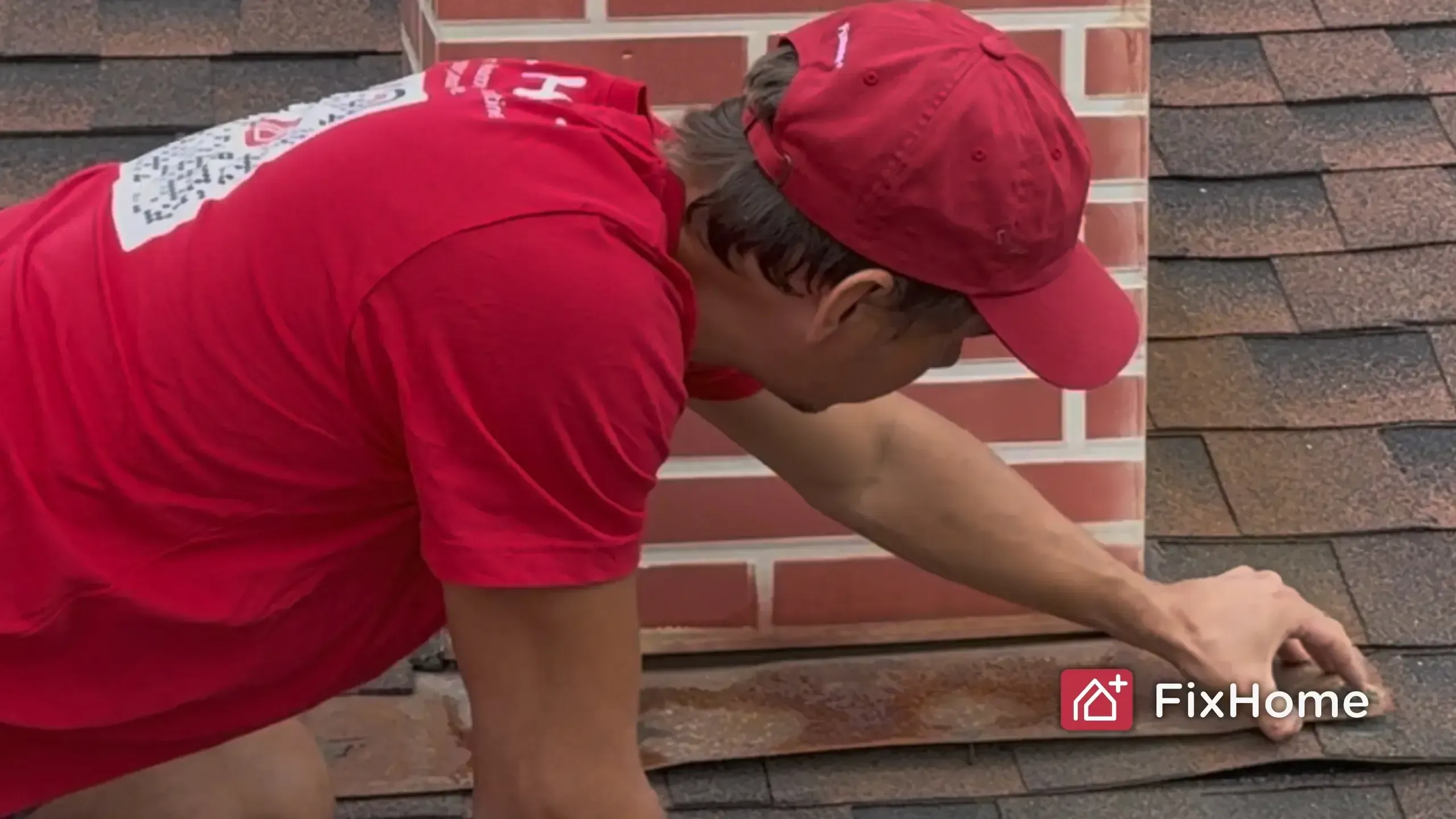
For homeowners in Chicago’s northwest suburbs who just don’t have the time, most small roof maintenance jobs can be handled by a FixHome+ handyman. We can also help you with everything from small repairs to picking a roof contractor to getting a whole new roof.
Conclusion: Your Home's Winter Armor
Taking the time for a fall roof check is one of the best things you can do to get your home ready for winter. Finding potential problems now can save you a lot of stress and money later. Now, you've learned what to look for, how to prepare, and, just as importantly, when to rely on a professional's skill. Your roof is your home's main line of defense, and making sure it's in good shape is a task worth doing.
More from our blog.
Discover more insightful and engaging content from our blog.
